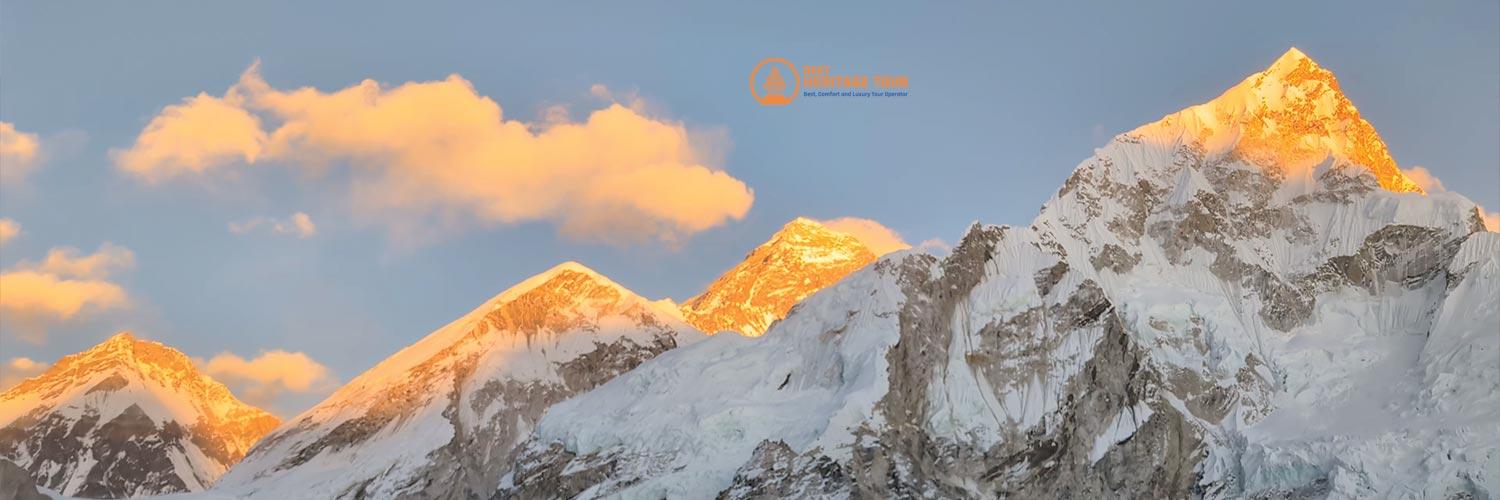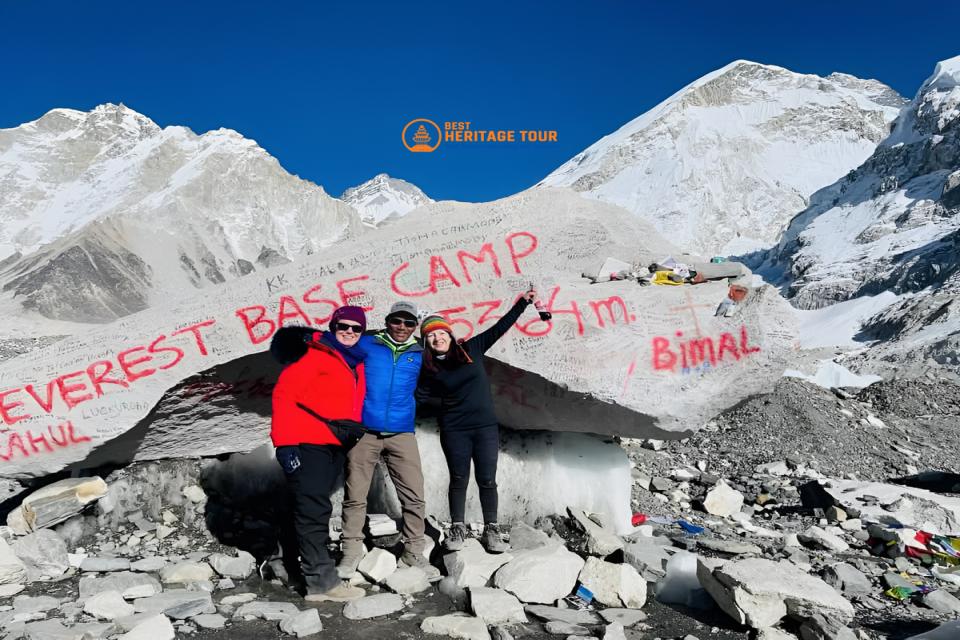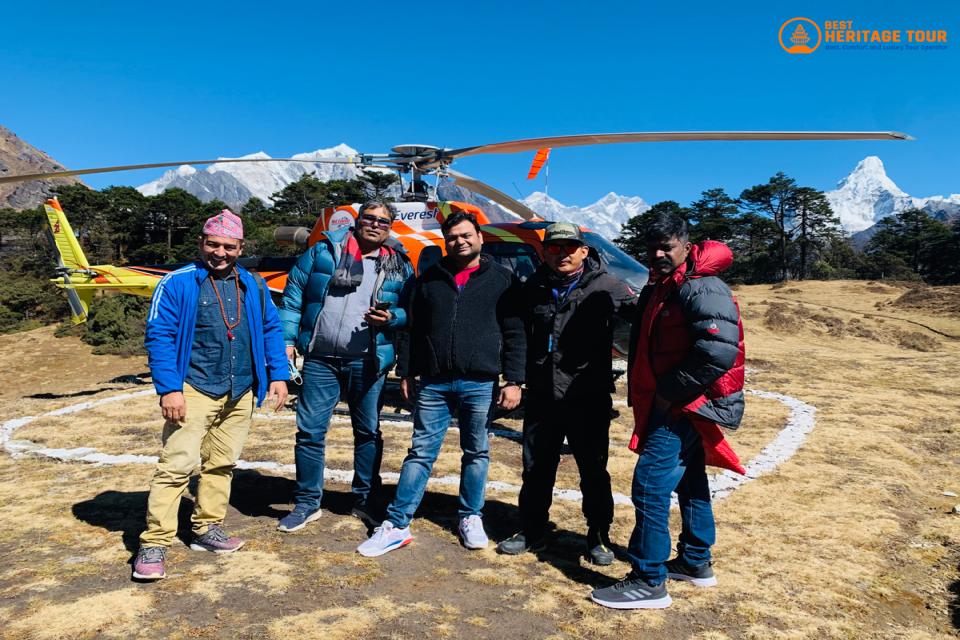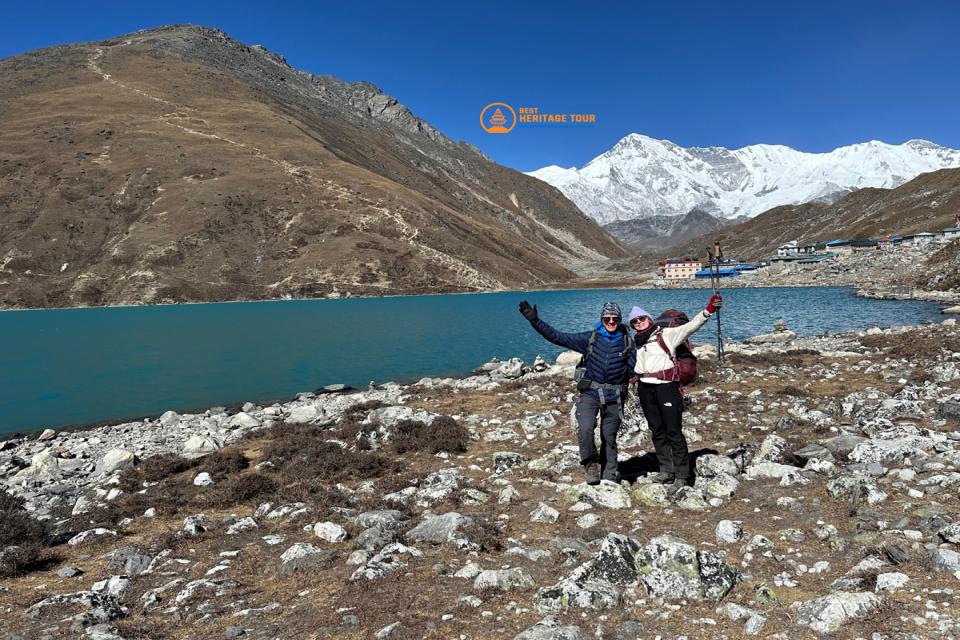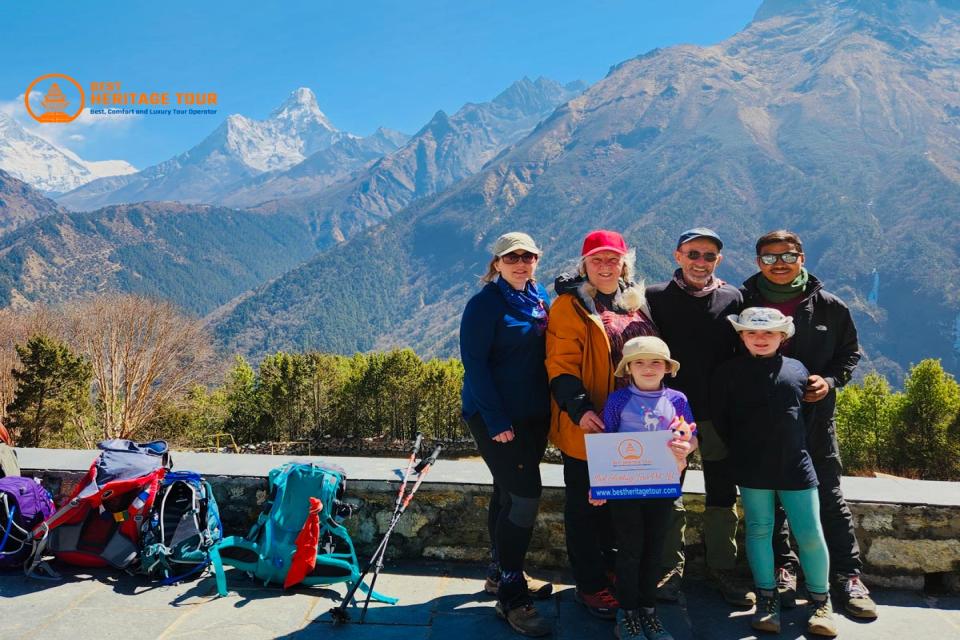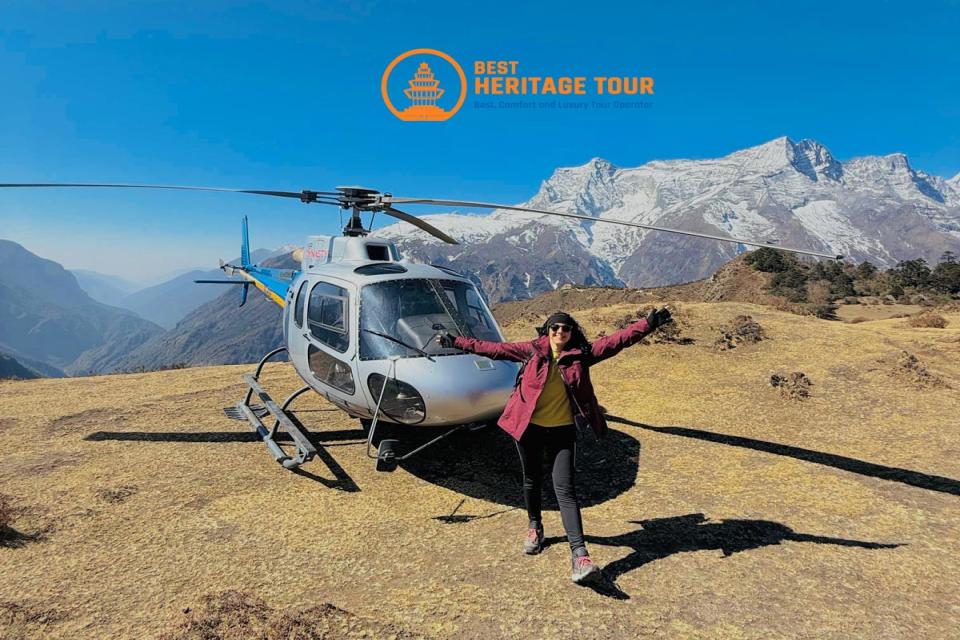The Everest Base Camp (EBC) Trek is more than just a hike—it's a life-changing pilgrimage through the heart of the Himalayas. And if you're planning to do it in October or November, you've picked one of the best times of the year.
Why Trek to Everest Base Camp in October/November?
1. Clear Skies and Stunning Views
October and early November mark the post-monsoon trekking season in Nepal. The rains have washed the skies clean, leaving behind crystal-clear views of the Himalayas. Expect jaw-dropping vistas of Everest (8,848m), Lhotse, Ama Dablam, and more.
2. Perfect Weather for Trekking
Daytime temperatures are usually mild, hovering around 12°C to 18°C (54°F–64°F) at lower altitudes. It gets colder as you ascend, especially at night—down to -10°C (14°F) at higher altitudes like Gorak Shep and Base Camp—but manageable with proper gear.
3. Festive Vibes in Nepal
October often coincides with Dashain and Tihar, two major Nepali festivals. If your trek overlaps, you'll get a taste of the vibrant local culture, with decorated villages, lights, and traditional music.
Everest Base Camp Trek: Overview
-
Duration: 12–14 days (Lukla to EBC and back)
-
Max Altitude: 5,545m (Kala Patthar)
-
Trek Difficulty: Moderate to Challenging
-
Best For: Fit trekkers with strong determination
Route Itinerary (Classic 14-Day)
Day 1: Fly from Kathmandu to Lukla (2,860m), trek to Phakding
Day 2: Phakding to Namche Bazaar (3,440m)
Day 3: Acclimatization in Namche
Day 4: Namche to Tengboche (3,860m)
Day 5: Tengboche to Dingboche (4,410m)
Day 6: Acclimatization in Dingboche
Day 7: Dingboche to Lobuche (4,910m)
Day 8: Lobuche to Gorak Shep (5,164m), then Everest Base Camp (5,364m)
Day 9: Hike to Kala Patthar (5,545m) for sunrise views, return to Pheriche
Day 10–12: Return trek to Lukla
Day 13: Fly back to Kathmandu
Day 14: Buffer/rest day
What to Pack
Essentials:
-
Down jacket (rated for -10°C or lower)
-
Sleeping bag (4-season)
-
Trekking boots (broken-in)
-
Thermal layers & fleece
-
Gloves, beanie, and sunglasses
-
Water purification tablets or filter
-
Headlamp & power bank
Pro Tips:
-
Bring snacks and electrolytes for energy.
-
Dress in layers—mornings and evenings are cold, but days can be warm while hiking.
-
Avoid overpacking: porters usually carry 10–15kg per person.
Accommodations and Food
Teahouses (small local lodges) are available throughout the route. Expect:
-
Basic but cozy rooms (two beds per room)
-
Shared toilets (bring your own toilet paper)
-
Menus with Nepali and Western food (dal bhat, pasta, momos)
As you go higher, the prices increase and food variety shrinks, but the experience remains rewarding and authentic.
Altitude Sickness: Be Cautious
Altitude sickness is real. Go slow, drink plenty of water, and acclimatize properly. Symptoms include headache, nausea, loss of appetite, and fatigue. In serious cases, descend immediately.
Diamox (acetazolamide) can help prevent AMS—consult your doctor before using it.
Cost Breakdown (Estimates for 2025)
-
Permits: ~$50 (Sagarmatha National Park & TIMS)
-
Guide/Porter: ~$30–40/day (optional but recommended)
-
Flights (Kathmandu–Lukla): ~$200–300 round trip
-
Food & Lodging: ~$25–35/day
-
Total: ~$1,200–1,500 (budget trip); $1,990+ with a guided tour
Final Thoughts
The Everest Base Camp Trek in October and November offers the best of the Himalayas—clear skies, moderate temperatures, and unforgettable landscapes. It's a mental and physical challenge, but one that rewards you with a sense of accomplishment like no other.
Whether you're standing at Kala Patthar watching the sunrise over Everest, or sipping hot tea in a mountain teahouse, you'll know: this is a journey that will stay with you forever.
Ready to go?
Book now or get more info now:
- Phone/WhatsApp/Viber: +9779851149197 / +9779810043046
- Email: bestheritagetour@gmail.com / info@bestheritagetour.com
- Website: www.bestheritagetour.com
- Location: Thamel Marg, Kathmandu, Nepal
Author: Best Heritage Tour
Date: 14th July, 2025

